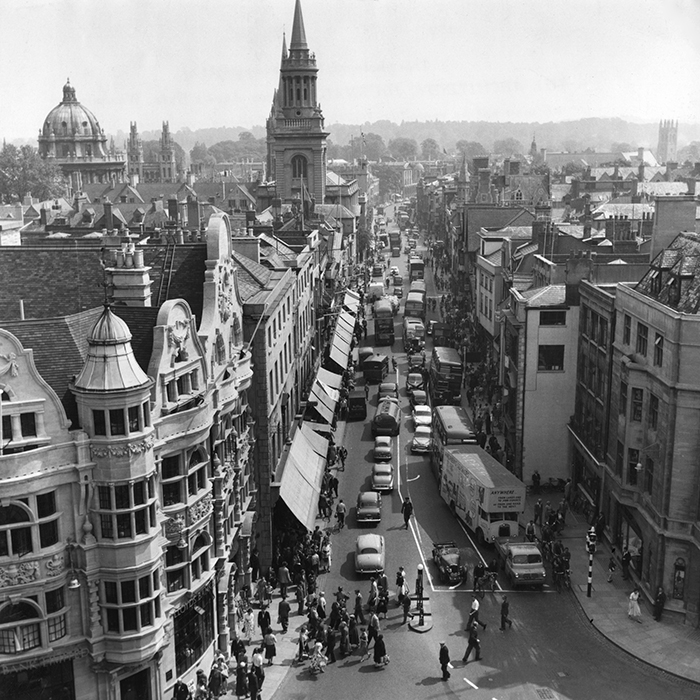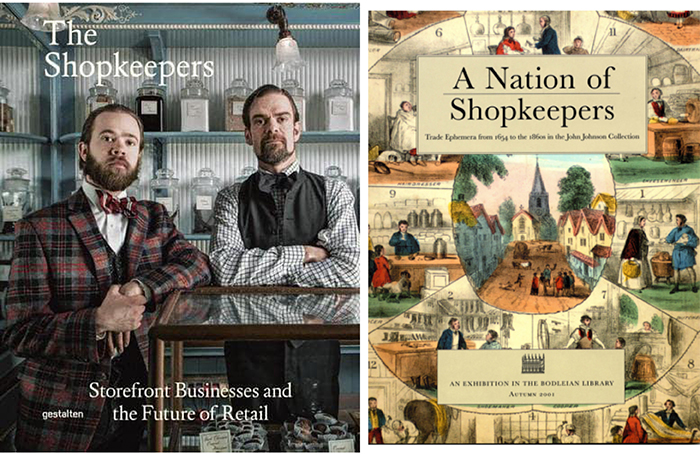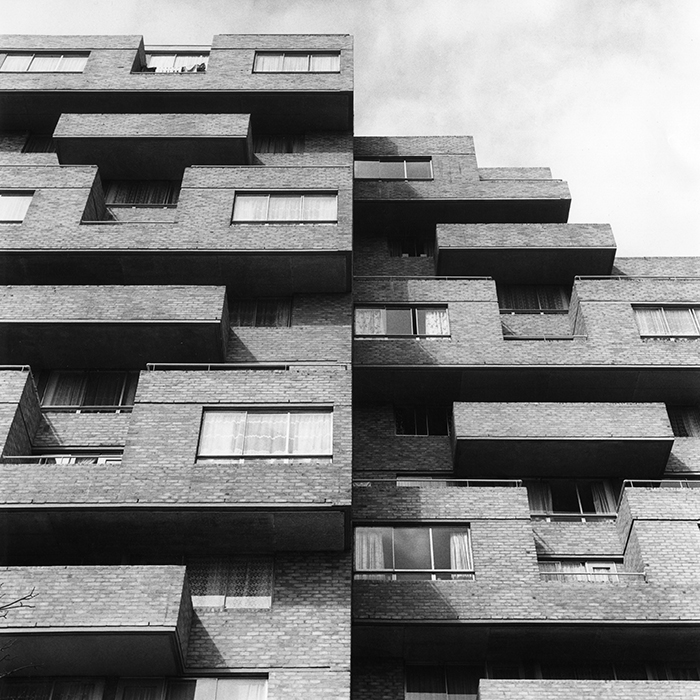We welcome thousands of researchers through the doors of our library and study rooms each year. As you might expect, many are architects, historians and students, but we also see a host of people from related disciplines including design, planning and property.
One such is Adam Thompson, who’s a regular to the RIBA Collections for his research on the British high street. We caught up with Adam to find out why the RIBA reading room is his go-to library, and ask him what discoveries he’s made along the way.
Hello! Tell us a bit about yourself
I’m the lead creative strategist for UXUS, an agency that specialises in creating tomorrow's retail and hospitality experiences. This means I interpret consumer trends, collaborate with brands to understand their ambitions, and work alongside designers and interior architects to imagine what stores, shops, cinemas and hotels - any physical spaces, really - might look like in the future. We do this for various clients; among others we’re currently working with Peloton and Pandora.
I'm based in London, but our head office is in Amsterdam, so I travel there every couple of months to see the team.

And what are you currently researching?
I’m researching the UK high street, including its history and current state, to write a piece that outlines potential futures for it. The high street has interested me for many years. It plays such a pivotal role in many lives, as we’re seeing ever more sharply, yet seems to be remarkably under-appreciated overall. It holds a particular place in the collective imagination. Some of it is, most likely, ill-placed nostalgia, but much of it touches on the wider importance of the high street within local communities.
Do you have a personal favourite high street?
I like to keep an eye on my local ones: Lordship Lane in East Dulwich and Rye Lane in Peckham. It's also interesting to see how Stirchley high street in Birmingham has changed over the last decade or so. I'm there fairly often to visit family.
What are some of the main books you've used from the RIBA Library?
- Design in the High Street, by Gordon Michell (Architectural Press, 1986)
- A Nation of Shopkeepers, by Evans and Lawson (Plexus, 1989)
- The Shopkeepers (Gestalten, 2015)
...and of course, the huge journals collection!

What have been some of your stand-out discoveries?
In this short period, I've learnt that many lessons on managing high streets have been understood before. In Gordon Michell's 1986 book ‘Design in the High Street’, he argues “the high street has a vital future which must be fought for; it will only be won by close cooperation between all concerned, including the statutory authorities”. The same could easily be written today.
On a personal note, I’ve stumbled across adverts in the Architectural Review for Herbert Berry desks like the one I used to own: a beautiful, humongous, mid-century thing. Funnily enough, mine actually ended up in a Margaret Howell ad for their Anglepoise collection.

Most poignantly, I came across an extensive article in the Architects’ Journal from 1973 about Dawson’s Heights, the estate in East Dulwich designed by Kate Macintosh that I call home. Another story that sort of stems from this: we are now friends with Kate Macintosh and she came to stay at our flat a few years back!

Visit the RIBA Library to start your own research journey.
Our thanks to Adam Thompson for sharing his experiences of the RIBA Collections for this article. If you'd like to be featured in our Collections Conversations, please get in touch.









